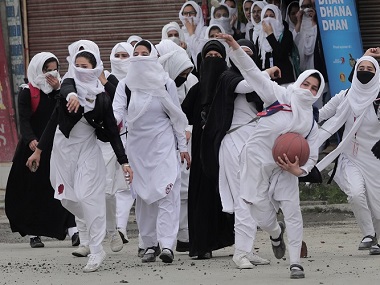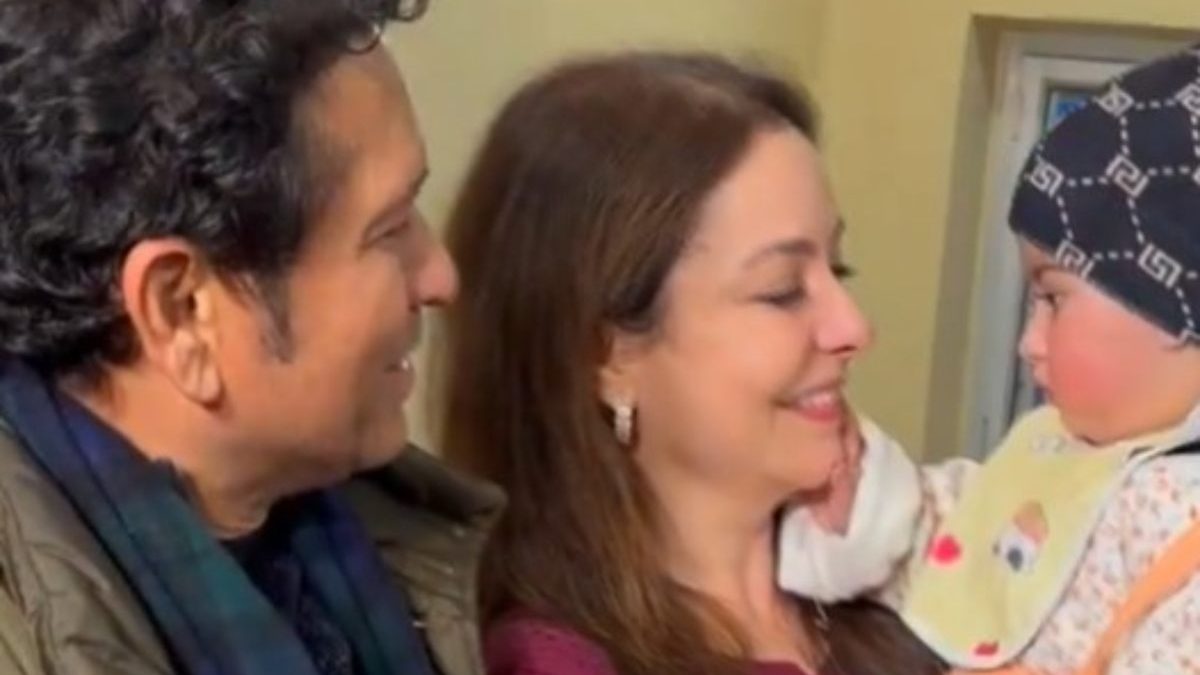Srinagar: All eyes are on Jammu and Kashmir governor Narinder Nath Vohra, now that the troubled PDP-BJP government has dropped out. He is currently in charge of running the violence-prone state and quelling passions.
In the eyes of the public, the change of guard with Vohra in the saddle may well be for the good. After all, 82-year-old Vohra, who was appointed the 12th governor of Jammu and Kashmir on 25 June, 2008, has handled the state on three separate occasions in the last 10 years. He was the crisis manager in 2008 when Governor’s Rule was promulgated in Jammu and Kashmir in the aftermath of the Amarnath land row. A Ghulam Nabi Azad-led Congress-PDP government came crashing down following PDP’s pull-out in June 2008.
That year, the state had witnessed major social unrest and its first mass protests, but just three months after taking over, Vohra had made elections possible, taking everyone by surprise, including the mainstream political parties who were still busy calculating the minimum time it would take for the restoration of peace.
In 2016, when Vohra took over after the death of PDP chief Mufti Mohammad Sayeed, people in the state saw a few months of peace, fast-paced development, flood relief disbursement and a well-knit administrative set-up.
Definitely, his track record is an advantage and his experience may come in handy for calming raw nerves. But the timing of the PDP-BJP coalition’s collapse this year has just become more challenging. Vohra was heard expressing anguish over the situation in the state at a recently held iftaar party at the Raj Bhawan.
Tough task on hand
When the BJP pulled the rug from under PDP on Tuesday, the fault lines in the state’s politico-social demography came to the fore like never before.
The state has been going through an unprecedented cycle of violence over the past three years, more so after the killing of the poster boy of Kashmir militancy, Hizbul Mujahideen commander Burhan Wani, in the summer of 2016. That’s when the stone-pelting started in earnest.
This year has seen the violence and regional conflict grow immensely, with the two coalition partners having major disagreements on key issues. The Kathua rape and murder case, simmering discontent in Ladakh and Jammu, coupled with unending civilian killings in Kashmir and resumption of anti-militancy operations, have put the state on the precipice.
Omar Abdullah, leader of the opposition and National Conference (NC) in the state, has his fingers crossed. “Kashmir of 2018 is not the same as Kashmir of 2008,” he said, reflecting on the situation at the party’s headquarter, Nawa-e-Subah, in Srinagar.
In 2008, too, the situation had become volatile, with the Amarnath land row bringing emotions to a boil in the state, which was beginning to witness the first, sporadic stone-pelting incidents that would later take on a life of its own.
Abdullah pointed to the rise of people that year, calling it a “mass agitation”, but was more cautious when talking about 2018. “Ever since the PDP and BJP came together and formed the government in 2015, local militancy has seen a monumental spike,” the former state chief minister said.
Low on hope
In the PDP camp too, optimism is not the mood. Party spokesperson Rafi Ahmad Mir, who had been appointed vice-chairperson of the Jammu and Kashmir Tourism Development Corporation, said the party was not expecting any “drastic changes” in the Kashmir situation in the near future.
“Considering Vohra sahab has to operate within the same administrative apparatus that we had, with no change in political discourse on the state, hope is low,” he said. Mir feels that the “only thing” that might bring in respite in the violence and bring down tempers in all the three regions of the state would be if the Government of India starts engaging with all stakeholders, “including Hurriyat”.
The BJP does harp upon dialogue once in a while too. Recently, party general secretary Ram Madhav was heard expressing the willingness of the government in Delhi to engage with Hurriyat. But there is a general perception in the Valley that the saffron party’s words are not up with the action on the ground.
Shoeb Hamid, who works with Rising Kashmir as senior editor, pointed out: “The (recent) announcement of the ceasefire (during Ramzan) is just rhetoric to create the false narrative that the BJP is serious about the restoration of normalcy in Jammu and Kashmir,” he said. A few days ago, the Center refused to extend the ceasefire and declared that anti-military operations would resume.
Talking about more sincere attempts for peace in the past, he added: “Earlier, militant groups, the Hurriyat, political parties and opinion-makers were engaged and taken on board, but this was grossly missing this time, and therefore the situation would get only worse.”
Governor’s mandate
The BJP has, in other utterings too, not stuck to its narrative of prioritising the restoration of peace in the state and made its preferential treatment with an “iron hand” clear.
On social media, Madhav has been batting for a new government “in two-three months” hinting at crafting and negotiating a new power structure. He now called for “tough measures to counter militancy” to be enforced in the Valley, thus sending the message that the governor had probably been given the mandate by the party.
Vohra has served the state in different capacities over the last two decades. An old Kashmir expert, he was first-time appointed as government’s interlocutor in Jammu and Kashmir in 2003 and was tasked with holding a sustained dialogue. “With his acumen and skills, Vohra managed to do the unthinkable in 2008,” Abdullah said. “But today, the elections are not the priority. The state is at the edge of a dark abyss. It needs to be brought back and that too, without the iron-fist that Delhi has been hinting at,” he said.
The author is a Srinagar-based freelance writer and a member of 101Reporters.com , a pan-India network of grassroots reporters.


)




)
)
)
)
)
)
)
)